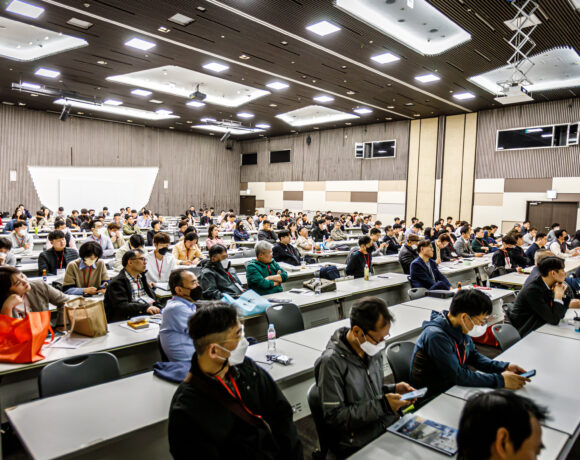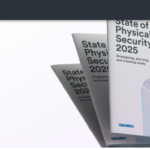The future of security: Transforming Alarm Management

There are some really exciting times ahead for alarm management. Sensors are going wireless, the IoT is taking them directly to the cloud, and mobile is the “new normal” management platform. All of this has a profound impact on how we detect, distribute and manage alarms.
Source: Spica International; E-mail: info@spica.com
The alarm industry has been somewhat shielded from the cloud/mobile revolution that has swept access control and video surveillance. Perhaps that’s because existing technology, while relatively low-tech, fits well with the existing alarm management model, which in turn fits well with the existing business model of security companies that manage alarms as a service. The old normal goes like this: The alarm is triggered, the signal goes over a dedicated line to the security company’s monitoring and control center. The officer on duty deals with it, usually by calling the customer and, if necessary, dispatching the mobile unit or calling emergency services. This has worked perfectly for a long time. So what are the forces behind the new generation of IoT/cloud/mobile solutions?
Remote control, mobile, and cloud
Remote access and control are a new normal for doing anything and everything. We are used to knowing things immediately, as soon as they happen. We do not expect alarms to be slower than tweets. And we do not want to travel the distance just to arm the controller or turn off the alarm. And that’s exactly why mobility is inevitable. It used to be a joke that we have a mobile app for everything now. It’s not anymore. In fact, we now have multiple mobile apps to choose from for everything, even walking the dog. Related to this, sooner or later everything will move to the cloud. Without the cloud, there is no “do it from anywhere” or even “do it on mobile”.
IoT
When it comes to sensors and intrusion detection technology, not much really changes. Some of the business may be taken over by video surveillance (intelligent cameras), but the cheap sensor-based market segment remains pretty much the same. The new thing there is wireless operation. Combined with the ever-decreasing prices of sensors and IoT connectivity, we can expect the number of sensors to grow exponentially, all predictions agree. With a large number of sensors, management becomes a bottleneck. It can no longer be done manually but requires an advanced, rule-based, automated management system. And there is only one solution for this requirement – cloud/mobile.
Decentralization
Central Monitoring System – CMS, remember? It’s a pretty impressive affair with all those big screens, busy operators, flashing lights, and red phones. Except it looks like we do not need it anymore. Thanks to the pandemic, people have discovered that many things can be done without sitting together. Your physical location no longer matters, we are entering the age of remote. This brings us to distributed alarm management. With a collaborative management platform, a workflow can be streamlined, optimized, and delegated to individuals with different roles, clearances, assignments, duties, and responsibilities.
Integration
Cloud applications are expected to offer integration APIs, a much easier and safer integration method than the infamous SDKs. Integration is becoming a major strategic issue – absolutely necessary for synchronization with identity management platforms, logical access, SSO solutions, etc. Not to mention integration with video surveillance, safety management, workforce management, and even different access control solutions among themselves. The cloud makes all of this cheaper and easier to develop, deploy, maintain and use.




















